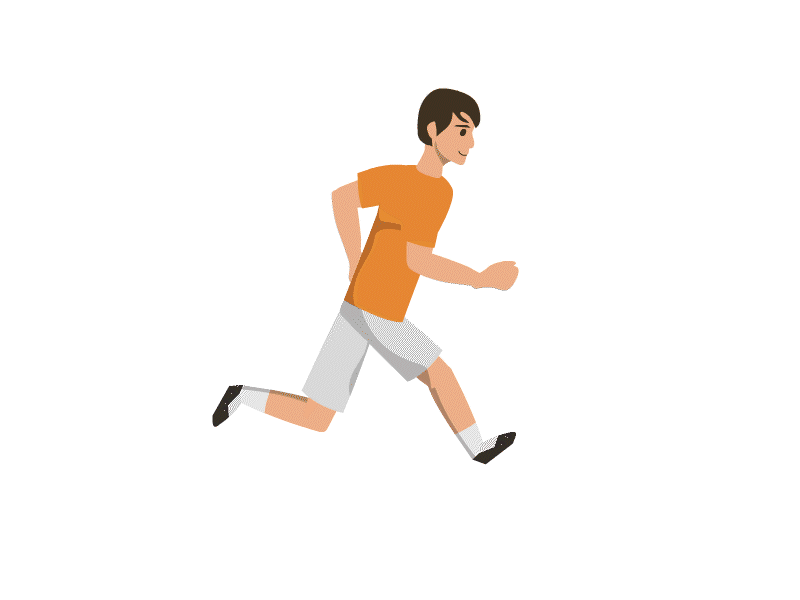Dynamic Visualization of Treadmill Speed and O₂ consumption for Males and Females


Have you ever wondered how the speed of a treadmill impacts the amount of oxygen we consume during exercise? Is there a significant difference between males and females in terms of how they utilize oxygen as they increase their speed? This project dives into exploring this intriguing question, comparing oxygen consumption (VO₂) across different treadmill speeds and examining the gender differences in energy expenditure. Through this analysis, we'll uncover valuable insights into how both speed and sex play a crucial role in cardiovascular performance during exercise.
Click here to visit DemoVO2 (volume of oxygen) is a measure of how much oxygen your body uses during exercise. It's an important indicator of cardiovascular fitness and aerobic endurance.
This interactive visualization explores how oxygen consumption differs between males and females at various treadmill speeds, helping us understand physiological differences in exercise response.
Speed: 5
Current selection: Male, All speeds
Tip: You can drag your mouse over the chart to see averages for a specific time range.


This graph shows the relationship between the selected Factor and all other metrics that are dependent on each other and play a key role during running for males and females. The trend line represents the average relationship.
This graph shows how your VO2 and heart rate are predicted to change over 12 months as you improve your fitness. Each month represents a step in your fitness journey.
VO2: N/A mL/kg/min
Heart Rate: N/A BPM
Our visualization reveals several important insights about human physiology during exercise:
Males consistently show higher oxygen consumption at all speeds, with the difference becoming more pronounced at higher intensities. This stems from physiological differences including muscle mass, heart size, and hemoglobin levels.
As treadmill speed increases, oxygen consumption rises in a predictable pattern for both sexes. However, the rate of increase varies, with most subjects showing a more efficient oxygen economy at moderate speeds (around 6-8) compared to higher speeds.
While we see clear patterns between genders, there's significant individual variation within each group. Factors like age, training status, and body composition all contribute to how efficiently someone utilizes oxygen during exercise.
Understanding your personal oxygen consumption at different exercise intensities can help you optimize your training program. By working at specific speeds relative to your VO2 capability, you can target different energy systems and improve both endurance and performance.